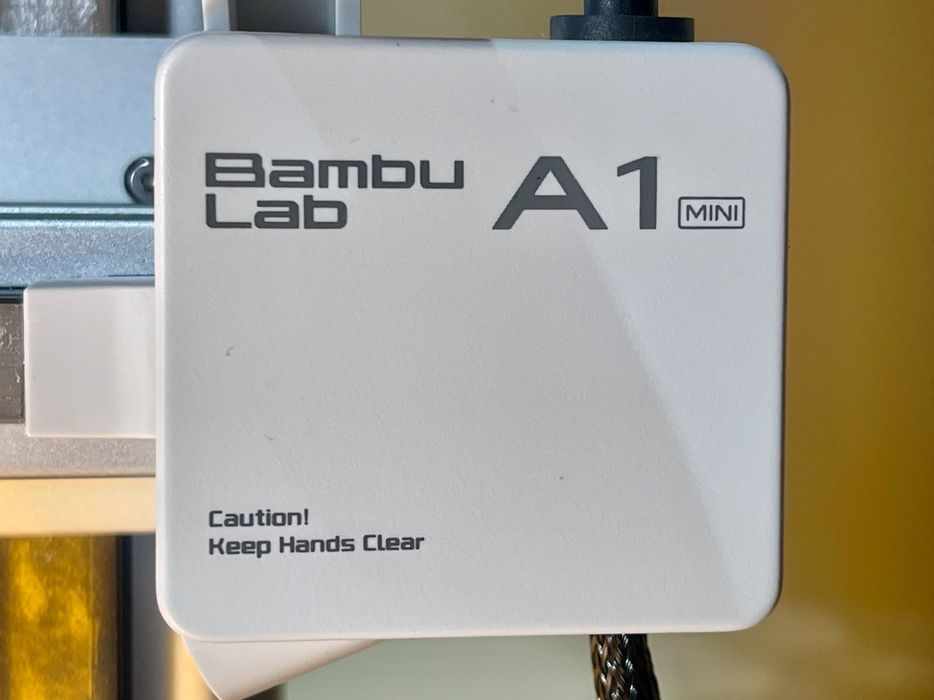
There is an interesting trend occurring in the 3D printing market recently, all caused by Bambu Lab.
Around a year and half ago a new company, Bambu Lab, based in Shenzhen, suddenly appeared. The company was launched by folks that had previously worked at DJI, a company known for taking drone technology from an obscure tech niche into a proper consumer-ready product for the general population.
It seems Bambu Lab has applied the same principles to their 3D printer designs. They emerged with a product at a similar price to the competition, but with massively advanced sensor-based automation, along with a 5X print speed increase.
The automation led to near-perfect prints and almost worry free operation. Combined with the increased speed, the company rapidly attracted customers, no doubt taking a dent out of everyone’s sales.
The result has been a mad scramble by most of the other players in the desktop FFF space, as we’ve seen countless other devices suddenly being announced that are “high speed”. What you define as “high speed” is still up for debate, however.
Many of these Bambu Lab competitors hope to catch up by offering higher speed equipment, but that doesn’t seem to be happening. I’ve been reading through many discussion threads, speaking to many operators and there’s a clear trend emerging: Bambu Lab seems to be winning.
What are people saying? Basically it’s that yes, the Bambu Lab equipment is indeed fast, but that’s not the most critical factor. Most seem to be appreciative of equipment reliability. More than once I’ve seen or heard the phrase “They just work.”
These people will also say that the “parts are perfect”, and that they are “completed very quickly.”
The bottom line here is that there seems to be a great many operators that are less interested in tinkering with their machine than simply getting good parts, printed fast.
Participants in many discussion threads talk about how their allegiance has switched from popular brands such as Prusa or Creality towards Bambu Lab’s equipment. While the Bambu Lab flagship equipment does cost more than, say, a low cost Creality machine, they say the machines generally operate more quickly and reliably.
Many people are moving from older Creality Ender equipment to newer Bambu Lab equipment, even though the Bambu Lab gear may be more expensive. This is justified in some cases that the extra speed provides far more part throughput, like having an extra machine on hand.
This shift will certainly increase as people catch on to Bambu Lab’s low cost machine, the A1 mini (which we are currently testing — expect a full review in a couple of weeks.) This machine offers a similar reliability experience but at a far lower price point than their flagship equipment.
While these trends will be quite positive for Bambu Lab, I have to wonder about the other leaders in the industry: Prusa Research, UltiMaker, Creality, Anycubic, and others. All of them seem to have been caught unaware by Bambu Lab’s compelling combination of hardware, software, automation and fine tuning.
We can’t know how this is affecting the balance sheets of those and other Bambu Lab competitors, but it’s quite possible they may have significant dents in their sales.
However, most of the competitors are large companies with considerable resources at hand. They should be able to develop machines that can match Bambu Lab’s capabilities, and hopefully the price point.
Some may succeed, but some may not. We may yet see unexpected outcomes in this industry.

Bambu labs is the equivalent of samsung galaxy phones. Innovative, better species, reliable, easy to use, and far ahead of their competitors.